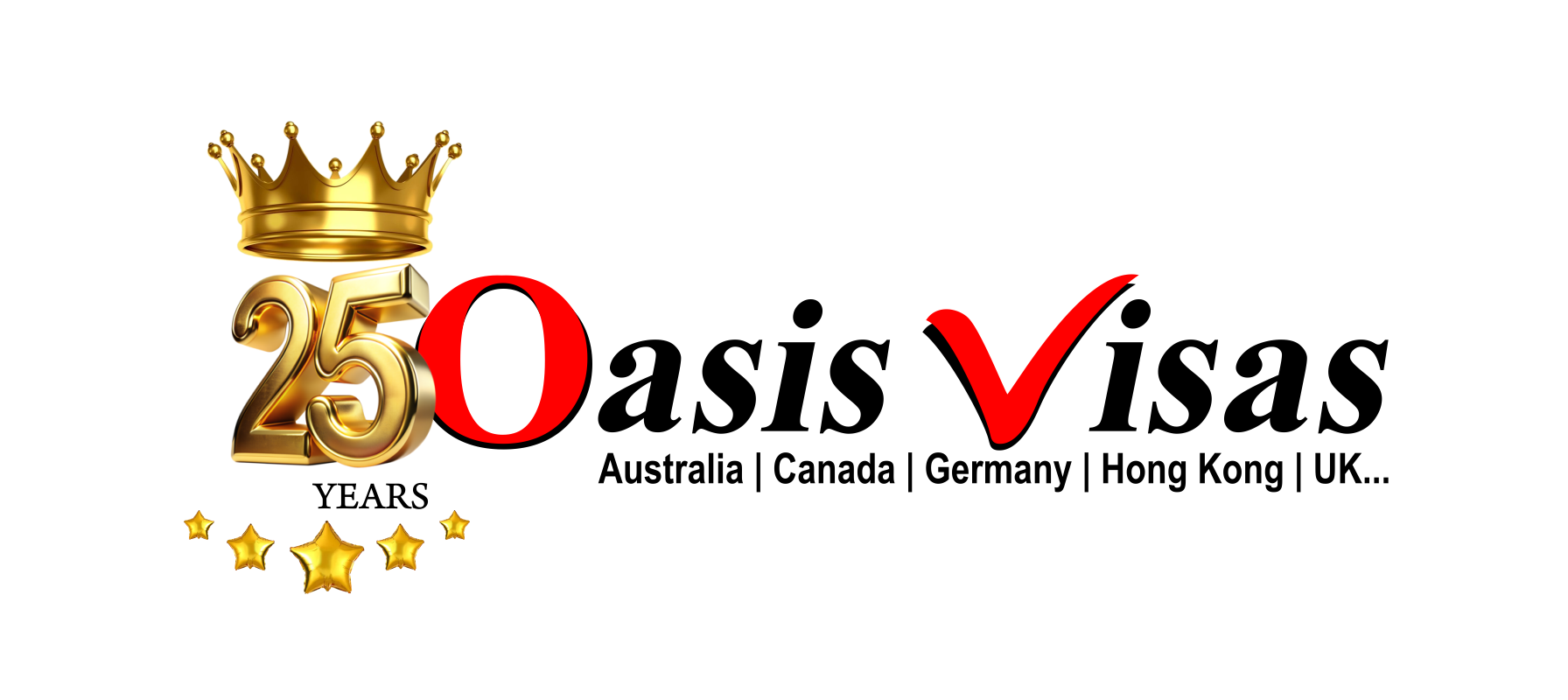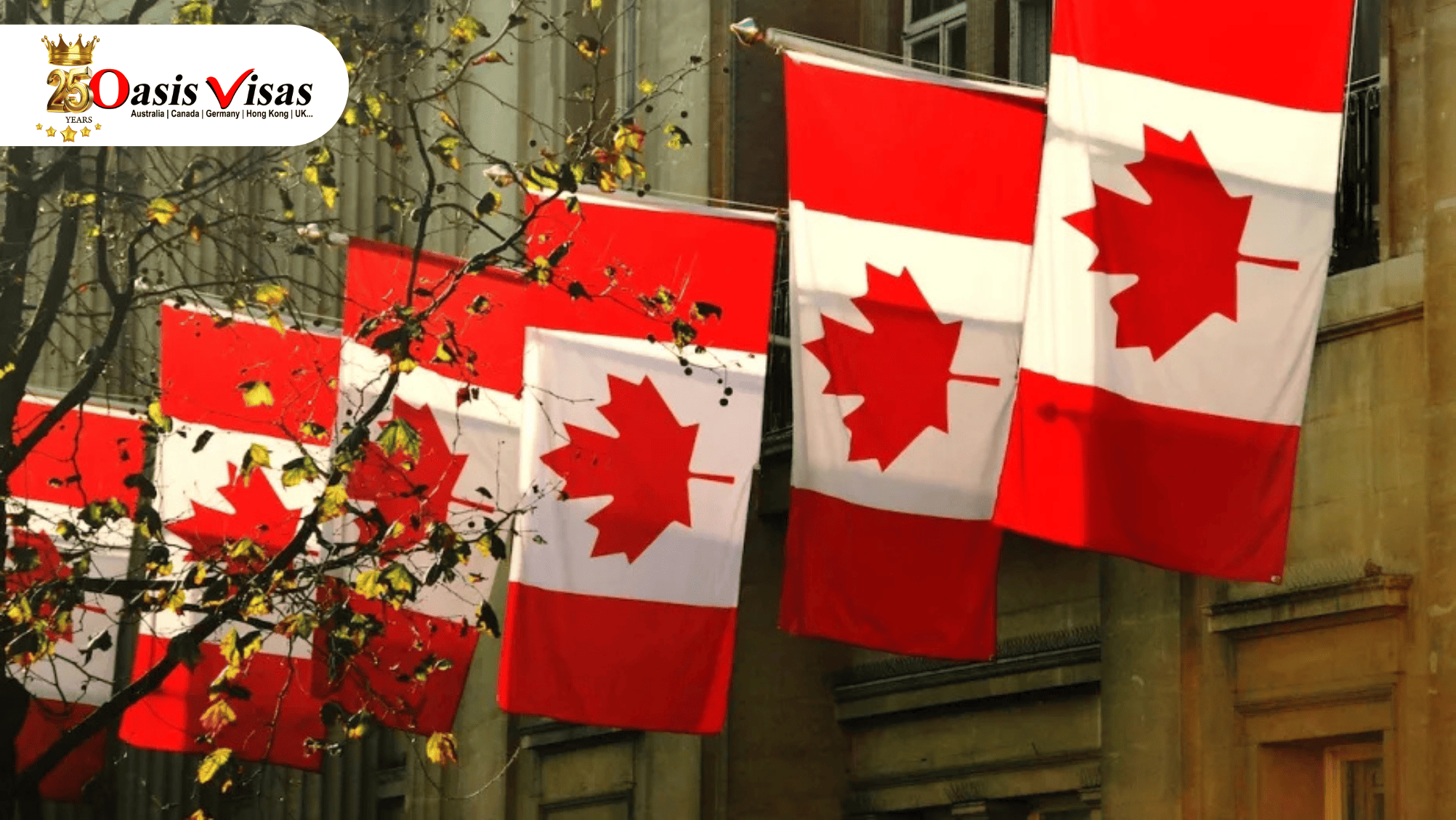Canada’s Immigration, Refugees and Citizenship Canada (IRCC) has outlined a range of upcoming immigration changes and new initiatives in its latest 2025–2026 Departmental Plan, published on June 20, 2025.
The plan details the government’s evolving approach to immigration, with a strong focus on streamlining access to permanent residence (PR), supporting labor market needs, and maintaining public support for immigration.
Key Initiatives Highlighted in the Plan
According to the new plan, IRCC is preparing to introduce several new pathways and reforms:
- Permanent Economic Mobility Pathway: IRCC will transition the Economic Mobility Pathways Pilot into a permanent program by the end of 2025, creating a stable route to PR for skilled refugees.
- New Foreign Worker Stream for Agriculture and Fisheries: A targeted stream and new type of work permit will be launched for foreign laborers in the agriculture and fish processing sectors, addressing sector-specific labor shortages.
- Updates to Post-Graduation Work Permits (PGWPs): IRCC will revise the criteria around fields of study that qualify for PGWPs.
- Changes to Spousal Open Work Permits (SOWPs): Adjustments will be made to the eligibility criteria for spouses of international students and temporary foreign workers.
- New Free Trade Agreements (FTAs): The department plans to implement FTAs with Indonesia and Ecuador, while also negotiating expanded FTA-based work permits with ASEAN countries and other CPTPP candidates.
- Client-Focused Digital Transformation: IRCC will continue to roll out a new online account system for all immigration clients in 2025–2026 to improve user experience.
- Welcoming Francophone Communities Initiative: The WFC program will be fully operational by the end of the planning period to promote Francophone immigration outside Quebec.
- New PR Pathway for Refugee Students: A potential new immigration stream is being explored specifically for refugee students in Canada.
Additionally, IRCC is collaborating with Stanford University on testing GeoMatch, a new AI-based tool designed to guide Express Entry candidates in choosing the best province or region in Canada to settle in.
Reaffirmed Priorities and Immigration Targets
Alongside these new measures, IRCC reaffirms its current commitments:
- Continue category-based Express Entry draws that prioritize healthcare professionals, tradespeople, educators, and French-speaking applicants.
- Focus on converting temporary residents already in Canada to permanent residents, aiming for at least 40% of PR admissions to come from this group.
- Expand a temporary public policy that allows Provincial Nominee Program (PNP) candidates to receive special work permits while awaiting PR approval.
- Speed up the processing of family sponsorship applications, especially for family members abroad.
- Maintain reduced targets for Labour Market Impact Assessment (LMIA)-based work permits under the Temporary Foreign Worker Program, planning to issue between 80,000 and 84,000 permits annually—down from 184,000 in 2023.
- Keep study permit caps in place to manage temporary resident levels.
- Aim for temporary residents to represent no more than 5% of Canada’s population.
- Limit annual PR admissions to 1% of the national population.
- Target an increase in French-speaking PRs settling outside Quebec, aiming for 8.5%.
- Increase investments in settlement services to improve the integration of new immigrants into Canadian society.
- Expand the online passport renewal program.
Service and Economic Goals
IRCC has also set the following performance targets:
- Processing Speed: Aim to process at least 80% of all application types within standard timeframes.
- Client Satisfaction: Targeting a 90% satisfaction rate among immigration applicants.
- Public Support: IRCC hopes to raise support for immigration among Canadians to 65% by the end of the fiscal year, up from 50% in 2023–2024.
- Economic Contribution: Set a goal for visitors and international students to contribute at least $36 billion annually to the Canadian economy.
Context Behind the New Direction
These new initiatives follow a broader federal policy shift that began in 2024, aimed at balancing immigration levels with the country’s infrastructure capacity, especially housing and public services.
Changes made throughout 2024 included:
- Capping the number of study permit applications processed.
- Tightening eligibility for PGWPs and SOWPs.
- Imposing a freeze on low-wage LMIA processing in metro areas with unemployment rates above 6%.
The federal government’s 2025–2027 Immigration Levels Plan furthered this cautious approach by cutting PR admissions by around 20% and introducing, for the first time, specific targets for net new temporary resident admissions. Provinces have also been instructed to issue 75% of their PNP nominations to candidates already living in Canada.
Express Entry Activity in 2025 (So Far)
As of mid-2025, the federal government has conducted the following Express Entry draws:
| Draw Type | Number of Draws | Total Invitations Issued |
| Canadian Experience Class (CEC) | 6 | 15,850 |
| Provincial Nominee Program (PNP) | 11 | 5,495 |
| French Language Proficiency | 3 | 18,500 |
| Healthcare and Social Services | 2 | 1,000 |
| Education | 1 | 1,000 |

